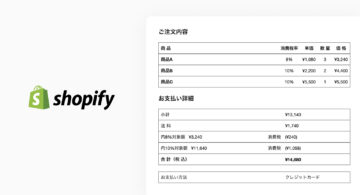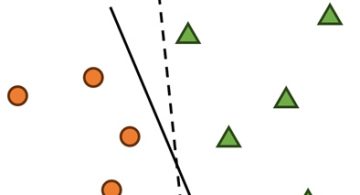開発
How to switch to rbenv. Part 2.
denvazh
Continuing our talk
In “How to switch to rbenv. Part 1.” I explained how it is possible to switch/install rbenv environment and set it with basic configuration.
From now on if there would be necessary to install certain gems, it would be done using bundler. Let’s see how this works.
Checking gems from any directory that doesn’t have Gemfile and bundler files there
[~]$: gem list --local *** LOCAL GEMS *** bigdecimal (1.2.0) bundler (1.3.5) io-console (0.4.2) json (1.7.7) minitest (4.3.2) psych (2.0.0) rake (0.9.6) rdoc (4.0.0) test-unit (2.0.0.0)
Let’s install Rails without actually installing rails gem!
- Creating directory to store rails code
[~]$: mkdir -p /tmp/rails_app && cd /tmp/rails_app
source 'https://rubygems.org' gem 'rails', "~> 4.0.0"
[/tmp/rails_app]$: bundle install --no-binstubs Fetching gem metadata from https://rubygems.org/........... Fetching gem metadata from https://rubygems.org/.. Resolving dependencies... Installing rake (10.1.0) Installing i18n (0.6.4) Installing minitest (4.7.5) Installing multi_json (1.7.8) Installing atomic (1.1.12) Installing thread_safe (0.1.2) Installing tzinfo (0.3.37) Installing activesupport (4.0.0) Installing builder (3.1.4) Installing erubis (2.7.0) Installing rack (1.5.2) Installing rack-test (0.6.2) Installing actionpack (4.0.0) Installing mime-types (1.23) Installing polyglot (0.3.3) Installing treetop (1.4.14) Installing mail (2.5.4) Installing actionmailer (4.0.0) Installing activemodel (4.0.0) Installing activerecord-deprecated_finders (1.0.3) Installing arel (4.0.0) Installing activerecord (4.0.0) Using bundler (1.3.5) Installing hike (1.2.3) Installing thor (0.18.1) Installing railties (4.0.0) Installing tilt (1.4.1) Installing sprockets (2.10.0) Installing sprockets-rails (2.0.0) Installing rails (4.0.0) Your bundle is complete! It was installed into ./.bundle
[/tmp/rails_app]$: [ -d bin ] && rm -rf bin && bundle exec rails new . -f
exist
create README.rdoc
create Rakefile
create config.ru
create .gitignore
force Gemfile
create app
[...]
It was installed into ./.bundle
Post-install message from rdoc:
Depending on your version of ruby, you may need to install ruby rdoc/ri data:
<= 1.8.6 : unsupported
= 1.8.7 : gem install rdoc-data; rdoc-data --install
= 1.9.1 : gem install rdoc-data; rdoc-data --install
>= 1.9.2 : nothing to do! Yay!
[/tmp/rails_app]$: alias be='bundle exec' [/tmp/rails_app]$: be rake -T rake about # List versions of all Rails frameworks and the environment rake assets:clean # Remove old compiled assets rake assets:clobber # Remove compiled assets rake assets:environment # Load asset compile environment [...]
Conclusion
Combining rbenv with bundle it became much more easy to store and manage application settings and libraries within application without relying on specific system configuration.
It is not so much important when project and source-code base is managed by single person, but it undoubtedly much more useful when there are big development team with a lot of
collaboration in development and also when development and production environment is different.
 2025/12/12
2025/12/12 2024/12/06
2024/12/06 2024/09/13
2024/09/13 2024/05/17
2024/05/17 2024/05/10
2024/05/10 2024/01/05
2024/01/05 2023/08/18
2023/08/18 2023/07/14
2023/07/14